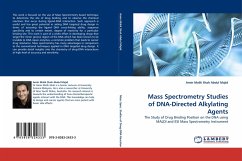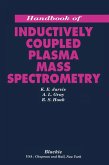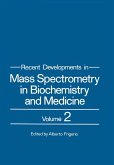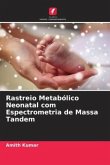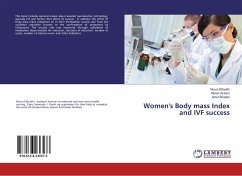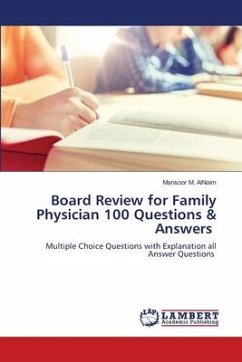Newborn Screening (NBS) was a very established concept in the West whilst it was still at a very nascent stage in India. In South India, especially in TamilNadu it was almost non-existent in the early 2000. In addition, the neonatal mortality was high and it was absolutely rational to understand much of the cost was spent by the Governments and healthcare bodies in clinical management and hospitalization care of the newborn. The WHO has recommended that genetic services should be introduced in countries with an infant mortality rate (IMR) less than 50. With an IMR of 40, India should introduce newborn screening and genetic services. The Indian Academy of Pediatrics also strongly advocated inclusion of newborn screening in our public health policy, and offered its technical and logistic inputs to the Government of India for initiating this program. As an initial effort ICMR started its pilot project of NBS to understand the feasibility of setting up the project. This book was one of the earliest ideas of establishing NBS in South India in 2005. Currently NBS is well established even in smaller clinics and primary care setup in many parts of South India.
Bitte wählen Sie Ihr Anliegen aus.
Rechnungen
Retourenschein anfordern
Bestellstatus
Storno


